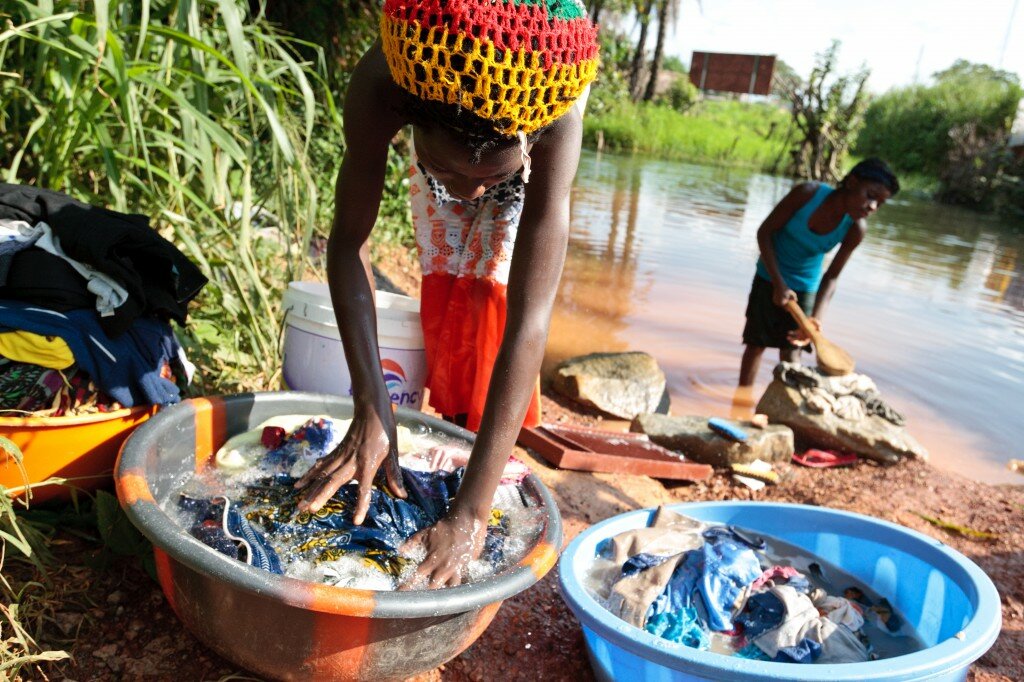By Alice Carter
 Normally, we don’t like to talk about bathrooms. That is a private space that most of us would largely like to avoid thinking about. But on World Toilet Day, we give thanks for our sanitary facilities and celebrate the invention of the toilet, which has saved countless lives as a disease control mechanism, and gives us privacy to, you know, go.
Normally, we don’t like to talk about bathrooms. That is a private space that most of us would largely like to avoid thinking about. But on World Toilet Day, we give thanks for our sanitary facilities and celebrate the invention of the toilet, which has saved countless lives as a disease control mechanism, and gives us privacy to, you know, go.
There is a Sesame Street , a global “urgent run,” and an art show in New York. All of these types of events are celebrations for the often overlooked efficiency of the mundane technology that is a toilet, but also are opportunities to spread awareness of just how precious our access to toilets really is. One in three people around the globe don’t have access to adequate sanitary infrastructure, leaving them at increased risk for neglected tropical diseases (NTDs) that are spread through contact with fecally-contaminated soil. Half of the people who practice open defecation globally live in India, where 1.1 million liters of human excrement enter the Ganges River every minute. Recognizing the toll that open defecation takes on health, education and economic output, the government of India is trying to increase access to sanitation infrastructure and put an end to open defecation.
Prime Minister Modi has pledged that India will be open defecation free by 2019, and under his leadership the government has set up incentives for toilet construction and usage. Swachh Bharat Abhiyan — the Clean India Mission — is a sanitation campaign run by the Indian government, with the joint objectives of reducing open defecation and changing behavior to increase the use of sanitary facilities. Prime Minister Modi launched Swachh Bharat on Mahatma Gandhi’s birthday in 2014. The government also plans to raise Rs 3,800 crore (approximately 550 million USD) from the public to support this initiative, which gives subsidies for toilet construction and helps villages become certified as open defecation free. As of August 2015, 8 million toilets have been constructed as part of the campaign.
Unfortunately, it is tricky to measure the prevalence of open defecation and people’s toilet usage. Simply constructing a toilet in every home and school won’t make people start exclusively using toilets, especially if they don’t know the benefits of sanitation infrastructure and the risks of open defecation. For this, public awareness campaigns are also needed, and people need to be given plenty of reasons to use the toilet exclusively. One motivating factor for people to switch from open defecation to toilet use is awareness of the health risks of open defecation.
In communities that continue to practice open defecation, children playing outside or walking to school with no shoes can be exposed to contaminated soil, putting them at risk for infection by soil-transmitted helminths (STH). Similarly, clean drinking water sources and uncooked fruits and vegetables can be contaminated, increasing the risk of infection.
On the other hand, access to a household latrine has been found to reduce the risk of infection with STH by 40%. Nadia, a district in West Bengal, India, was the first district to be certified as open defecation free, and has since noted a decreased incidence of diarrhea and malnutrition. Reduced NTD infection is a strong indicator of the success of the Swachh Bharat campaign. Including an NTD indicator in Swachh Bharat would give the mission concrete targets to measure exclusive toilet use in communities where the campaign has built toilets, and it would help spread awareness of the negative health impacts of open defecation.
Perhaps on Gandhi’s 150th birthday, in 2019, India will have achieved its goal of ending open defecation. He would be proud, as he often stressed that a society’s approach to private and public sanitation reflects its commitment to true freedom and dignity.
Resources
- NTD Links to Water, Sanitation & Hygiene in India
- Impacts of Water, Sanitation & Hygiene on NTDs
- Key Issues: Water, Sanitation and Hygiene



